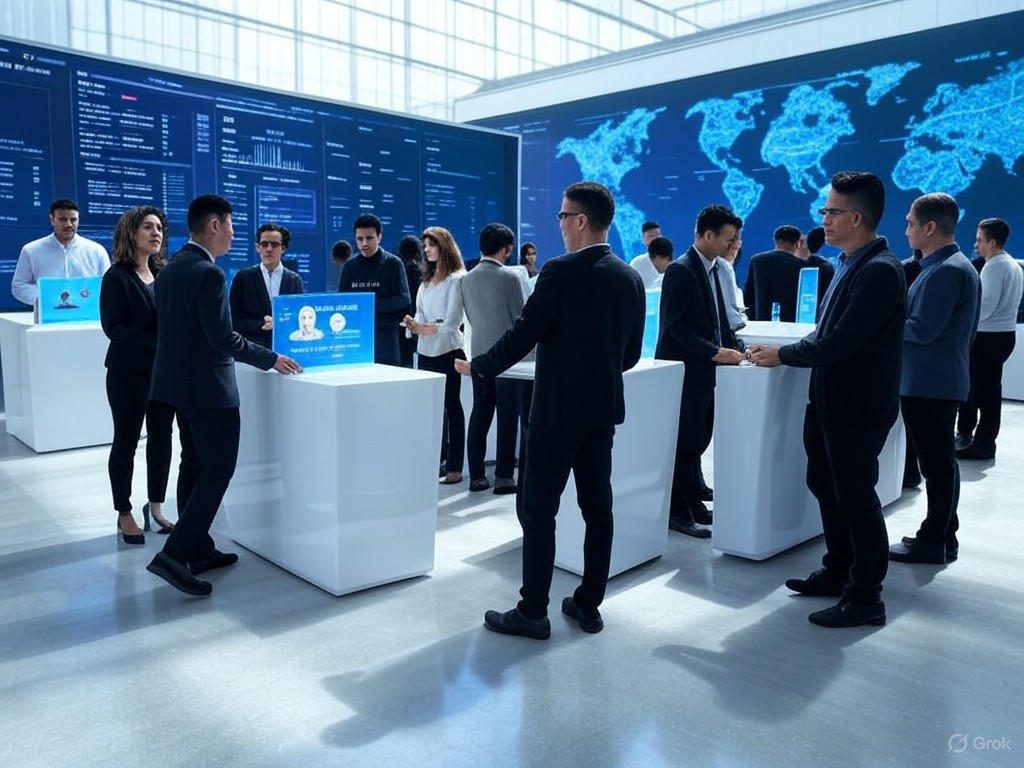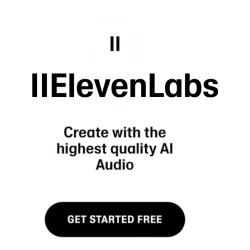Meta, AI, and the never-ending dance of who’s in and who’s out. It seems like every week brings a fresh wave of news from Menlo Park, often a dizzying mix of futuristic AI visions and the rather more grounded reality of running a massive social media and advertising machine. This past week was no exception, apparently shining a spotlight on two areas that, while seemingly disparate, are becoming increasingly intertwined in the tech behemoth’s strategy: their relentless pursuit of Artificial Intelligence dominance and the ever-turbulent world of recruiting.
The AI Arms Race: Meta’s Big Bet
Let’s be frank, the AI landscape is less a race and more a full-contact demolition derby right now, and Meta is definitely one of the heavyweights throwing their considerable mass around. Mark Zuckerberg has made it abundantly clear that AI isn’t just *a* priority; it feels like *the* priority, perhaps second only to keeping the core ad business churning out the cash. We’re talking massive investments in computing power, hiring the brightest minds they can find (or poaching them, as is often the Silicon Valley way), and building gargantuan models designed to power everything from recommending your next Reel to creating entirely new virtual worlds. [Source]
But building AI at this scale isn’t just about having deep pockets and big dreams. It’s fiendishly complex. There are inherent AI limitations that engineers grapple with daily. Training these models requires unfathomable amounts of data, and even then, getting them to perform reliably, ethically, and without hallucinating nonsense is a monumental task. [Source] Think about trying to teach a machine not just to *see* an image, but to truly *understand* the nuance, the context, the subtle human emotion it conveys. That’s a challenge that pushes against the very edge of our current capabilities.
And it’s not just about the models themselves. The data they feed on, often scraped from the vast, messy expanse of the internet, presents its own set of headaches. While sophisticated systems exist for fetching information, the reality is that achieving perfect real-time web parsing of dynamic content across billions of diverse pages is incredibly difficult. [Source] Even when AI systems *can* access web content via URLs and APIs, their ability to interpret information with the same flexibility, critical thinking, and contextual understanding that a human possesses is limited. This impacts everything from training data freshness to an AI’s ability to keep up with rapidly evolving online trends or even verify factual information against the most current public record.
The Recruiting Rollercoaster: Who Gets on Board?
Now, shift gears slightly and look at recruiting. At a company the size of Meta – employing over 67,000 people globally as of late 2023, despite previous layoffs – recruiting is a machine unto itself. [Source] It’s the engine that brings in the talent needed to build those AI models, design the next user interface, or sell those crucial ads. But the tech recruiting landscape has been anything but stable over the last couple of years. We’ve seen massive hiring booms followed by sharp contractions, layoffs hitting even seemingly secure roles. So, what does the picture look like now, particularly in the context of this huge AI push?
Recent reports and industry whispers suggest a targeted hiring approach. While general headcount might be constrained in many areas, there’s a clear, aggressive hunt for AI specialists – researchers, engineers, data scientists with very specific, highly sought-after skills. [Source] It’s a market where the demand far outstrips the supply, pushing salaries sky-high for top-tier talent. [Source] This creates fascinating internal dynamics. Are teams without a direct AI link feeling the pinch? Is internal mobility prioritising AI roles?
Recruiting itself is also an area where companies *want* to use AI. Screening resumes, automating initial outreach, predicting candidate success – the potential efficiency gains are enormous. [Source] But just like building the big AI models, applying AI to the inherently human process of hiring comes with its own set of hurdles. Think about trying to use AI to “browse” a candidate’s online presence or resume history. While tools exist, AI systems often struggle with limitations in interpreting unstructured data, understanding subtle career shifts, or interpreting non-standard experiences, meaning they can often miss nuance. Their web content interpretation capabilities for deeply understanding a person’s professional journey based on disparate online sources are often quite restricted compared to a human researcher, even when they can access the data.
Where AI Meets Hiring: More Complex Than It Looks
So, how do these two massive forces – Meta’s AI ambition and its strategic recruiting efforts – collide? It’s not just about hiring AI people with AI, although that’s part of it. It’s also about how the AI strategy dictates *who* is needed across the company. If AI is going to power more features, does that mean fewer product managers or content moderators are needed down the line? If AI can automate certain tasks, does that free up engineers for more complex work, or make those roles redundant?
Furthermore, using AI *in* recruiting brings up fascinating questions. While AI can help sift through the sheer volume of applications, relying too heavily on it introduces risks. Bias is a huge concern – if the training data reflects historical biases in hiring, the AI will simply perpetuate and potentially amplify them. [Source] There are also fundamental AI limitations in interpreting qualitative data or signals that a human recruiter might pick up in an interview or from a less conventional online source. Understanding the true AI limitations in this highly nuanced, human-centric task is paramount.
The difficulty an AI has trying to make sense of the chaotic, ever-changing nature of online information is a microcosm of the challenges in recruitment. Just as there are complex technical reasons underlying AI’s limitations in accessing and understanding the full nuance of web content accessed via URLs, there are complex reasons why AI struggles to truly “understand” a candidate based purely on data. The process of how AI accesses and processes web data – often through structured APIs or limited crawling – contributes to its difficulty in achieving the kind of intuitive, holistic understanding a human recruiter brings to bear when evaluating a potential employee.
This means that while AI tools might assist in the future of recruiting, the idea that AI will fully replace human recruiters seems far-fetched, at least for the foreseeable future. The need for human judgment, empathy, and the ability to navigate complex interpersonal dynamics introduces significant AI limitations that aren’t easily overcome by simply improving parsing capabilities or increasing processing power. We are still grappling with understanding AI web access and interpretation limits even for relatively straightforward tasks, let alone the complexities of evaluating human potential.
Looking Ahead: A Shifting Workforce?
What does this dynamic interplay between AI ambition and recruiting realities mean for Meta, and indeed, for the wider tech industry? It signals a likely continuation of a highly segmented job market. Demand for top-tier AI talent will remain stratospheric, while other roles might see fluctuating demand or increased pressure to demonstrate how they contribute to the AI strategy. It also highlights the ongoing tension between the perceived efficiency of AI and the irreplaceable value of human judgment and intuition, particularly in complex, human-facing tasks like hiring.
The conversation isn’t just about building AI; it’s about building the *right* workforce to support that AI, and crucially, about using AI *responsibly* in processes that shape people’s careers. The stories emerging from Meta this week, combining big AI announcements with the practical realities of recruiting, remind us that for all the futuristic talk, the core challenges remain rooted in execution, integration, and navigating the tricky human element.
It makes you wonder, doesn’t it? As companies like Meta push the boundaries of AI, how will the very nature of work within those companies, and the skills they value most, continue to transform? And how do we ensure that the drive for AI-driven efficiency doesn’t come at the cost of fairness and human insight in critical processes like deciding who gets a seat at the table?



